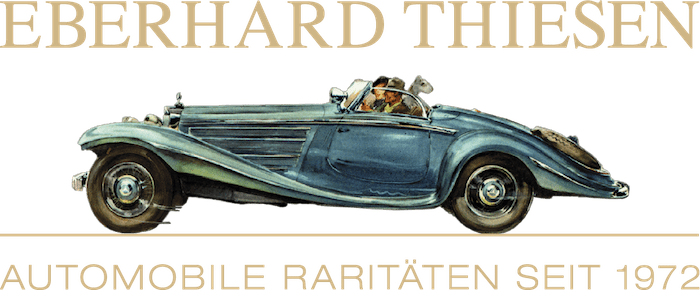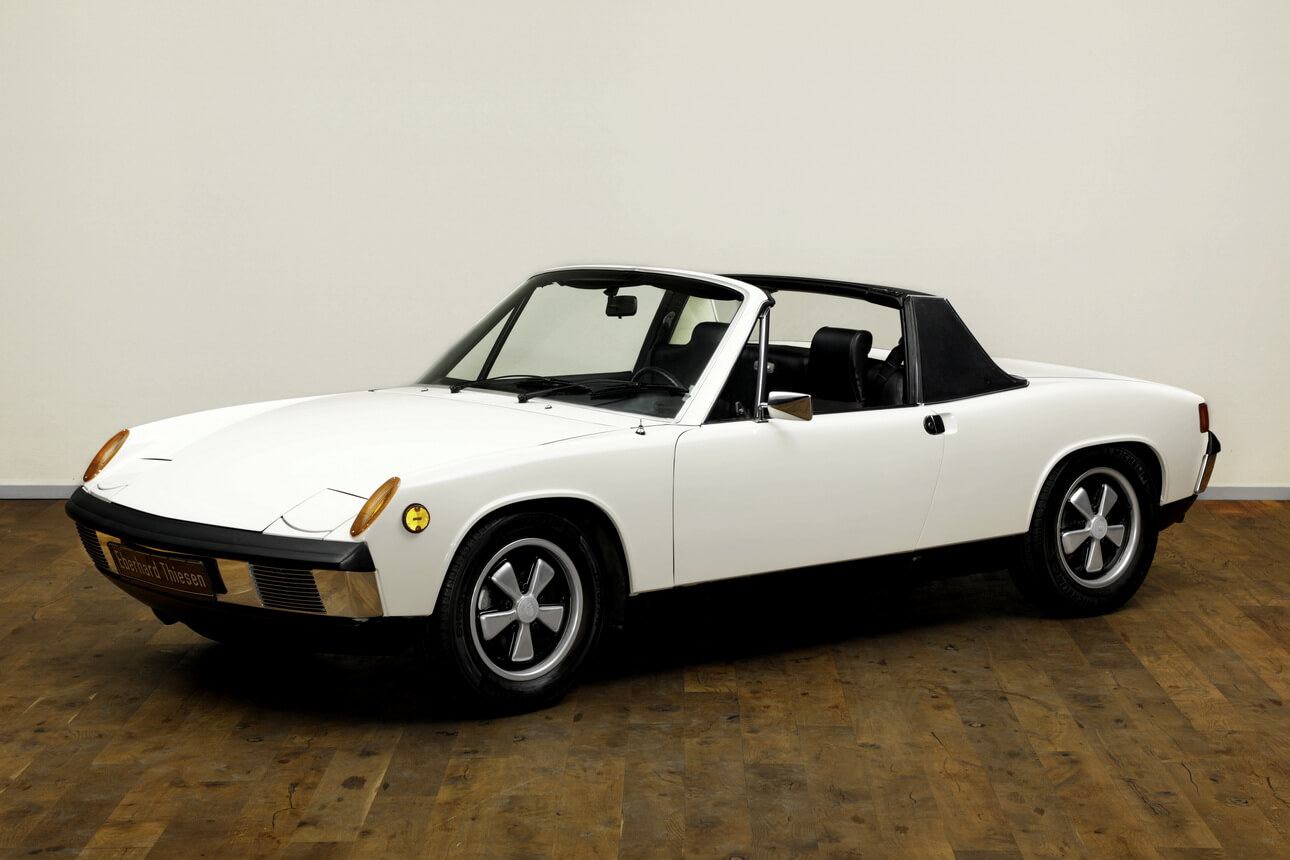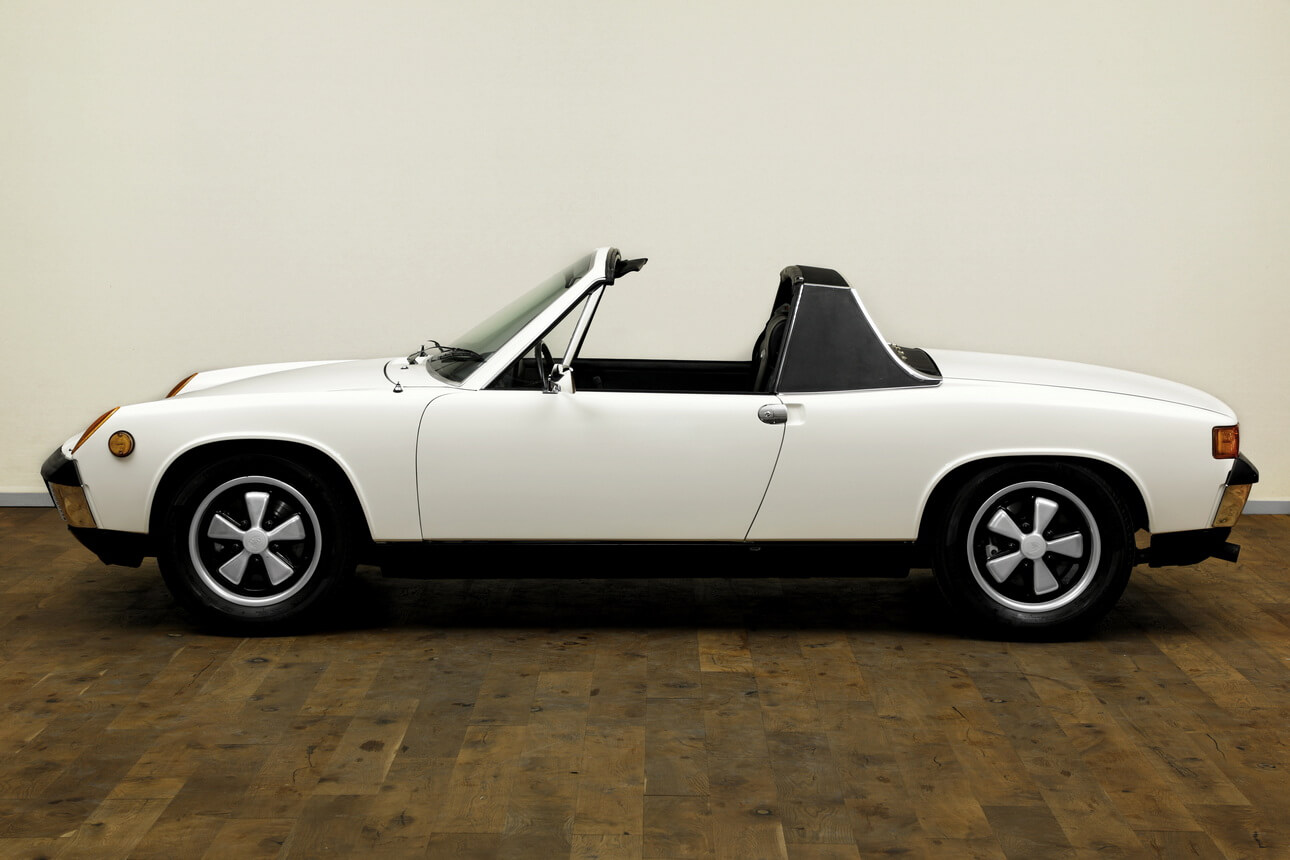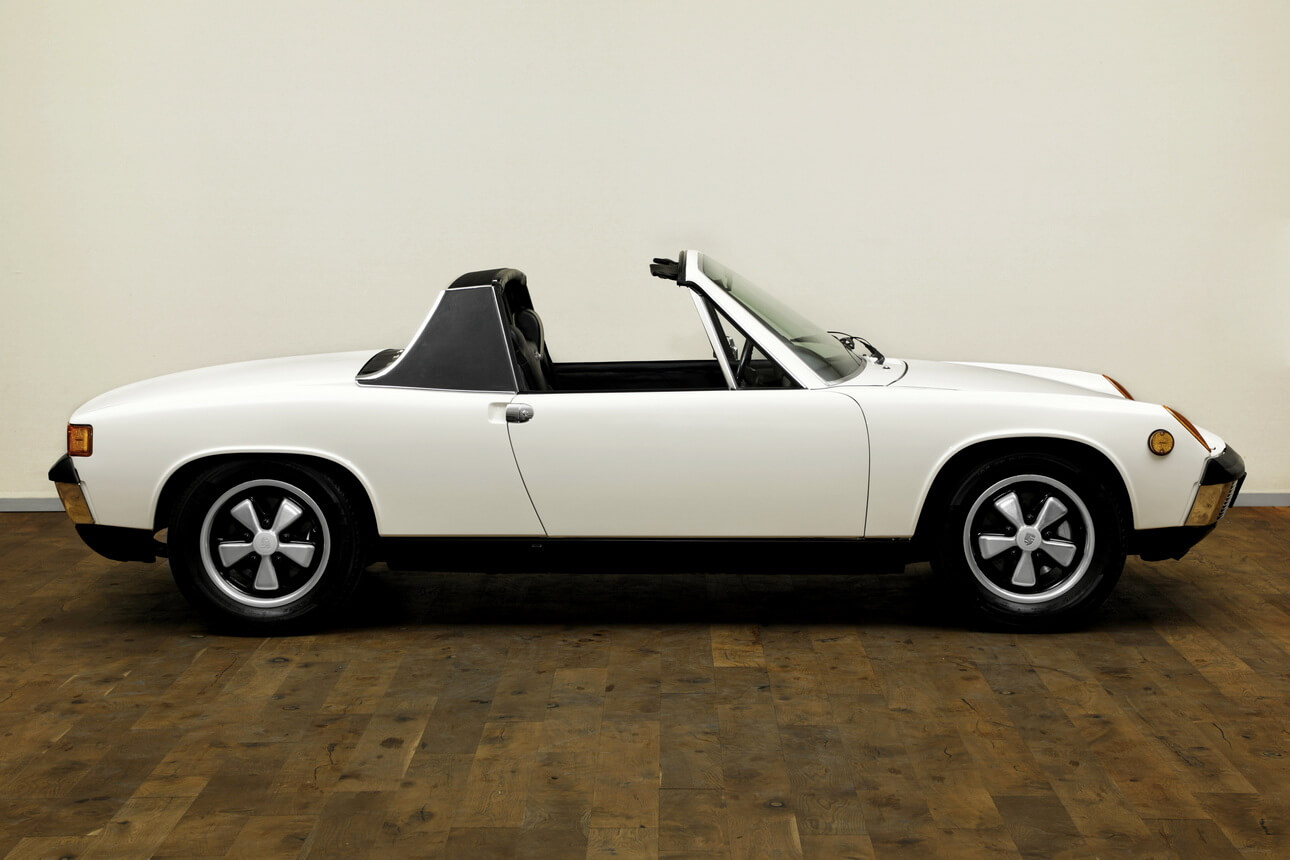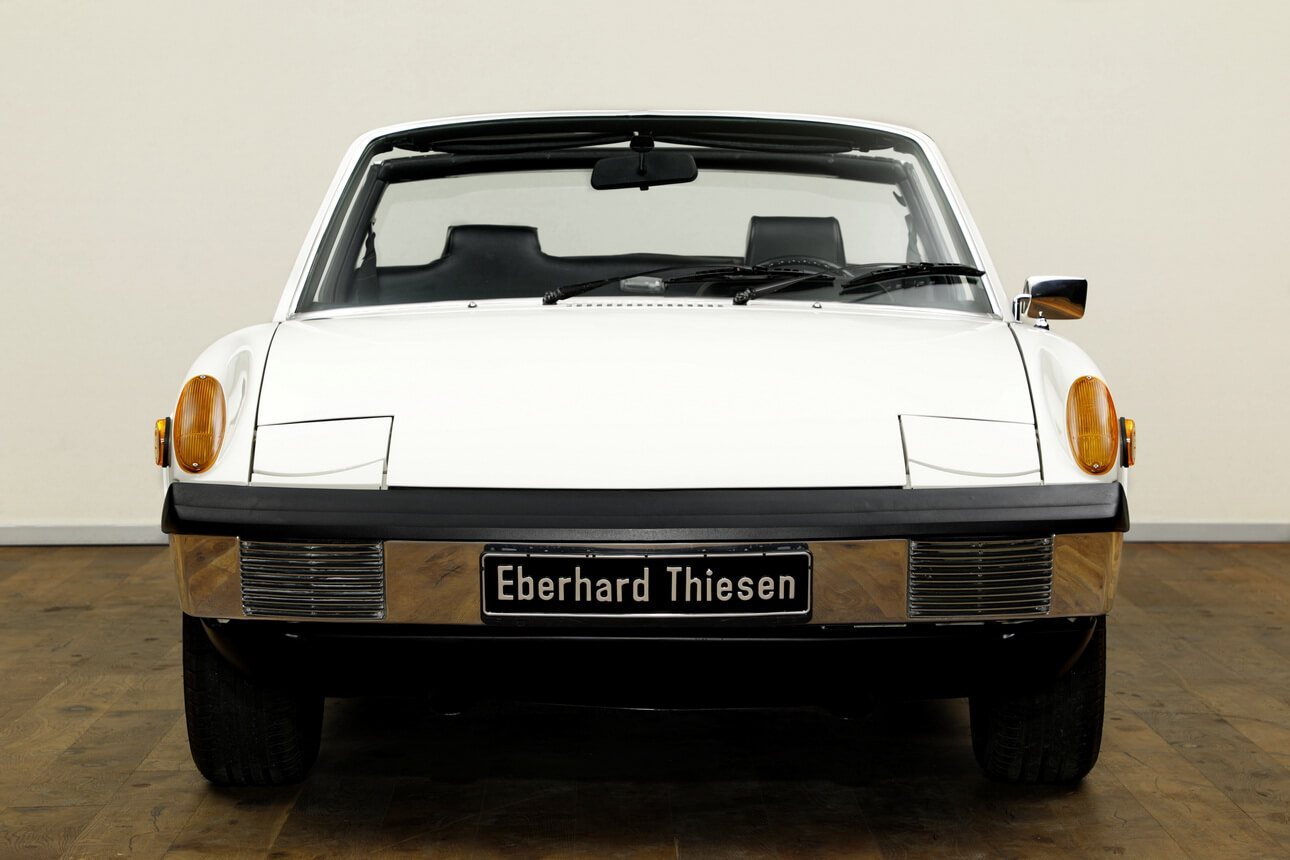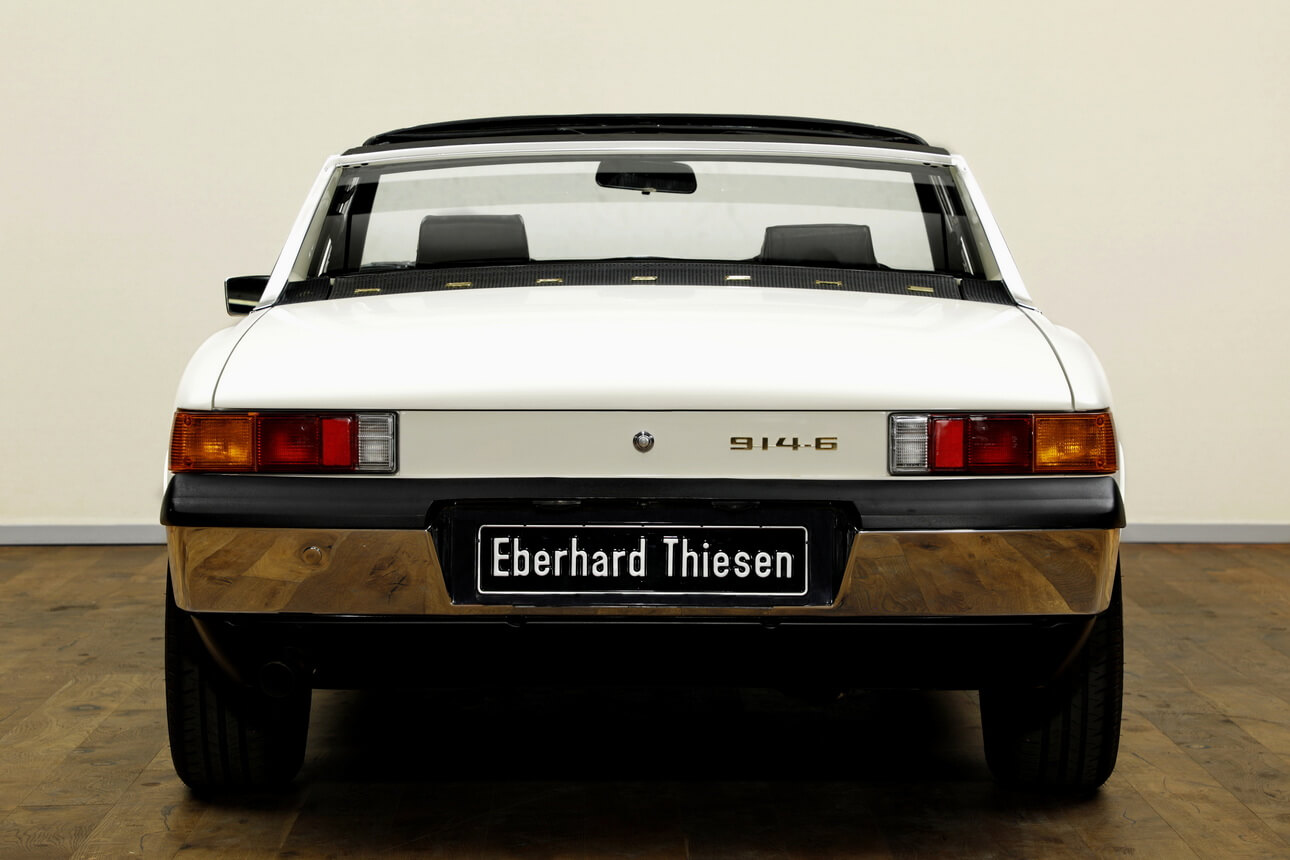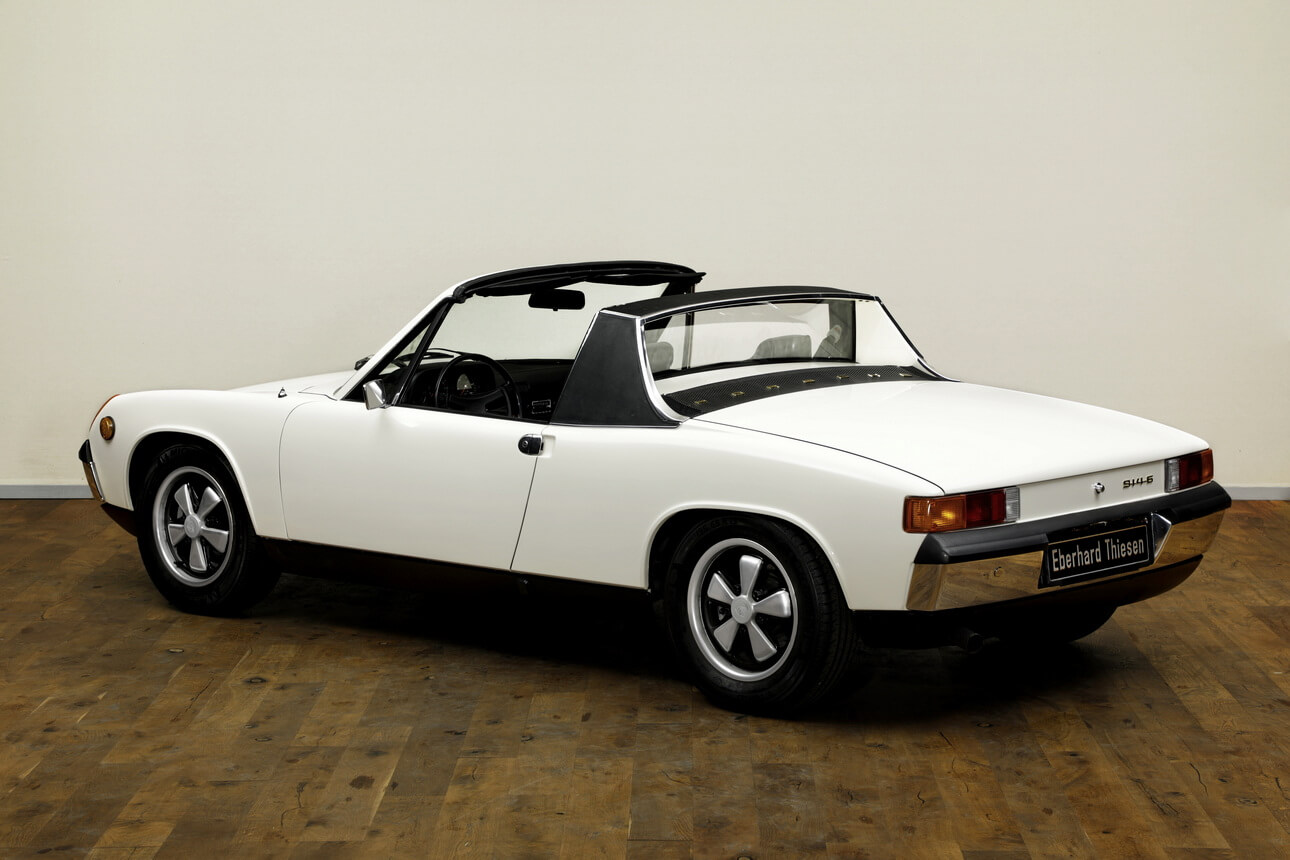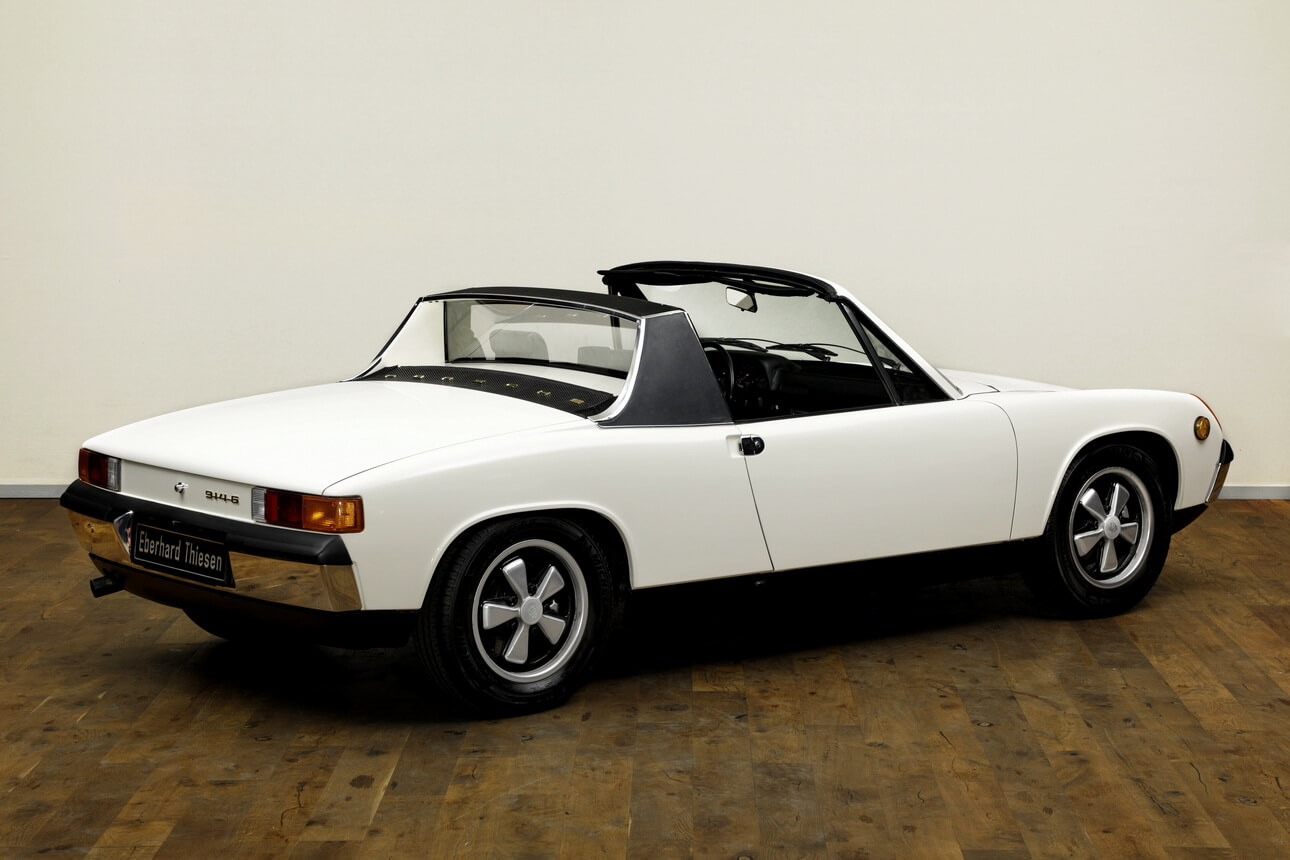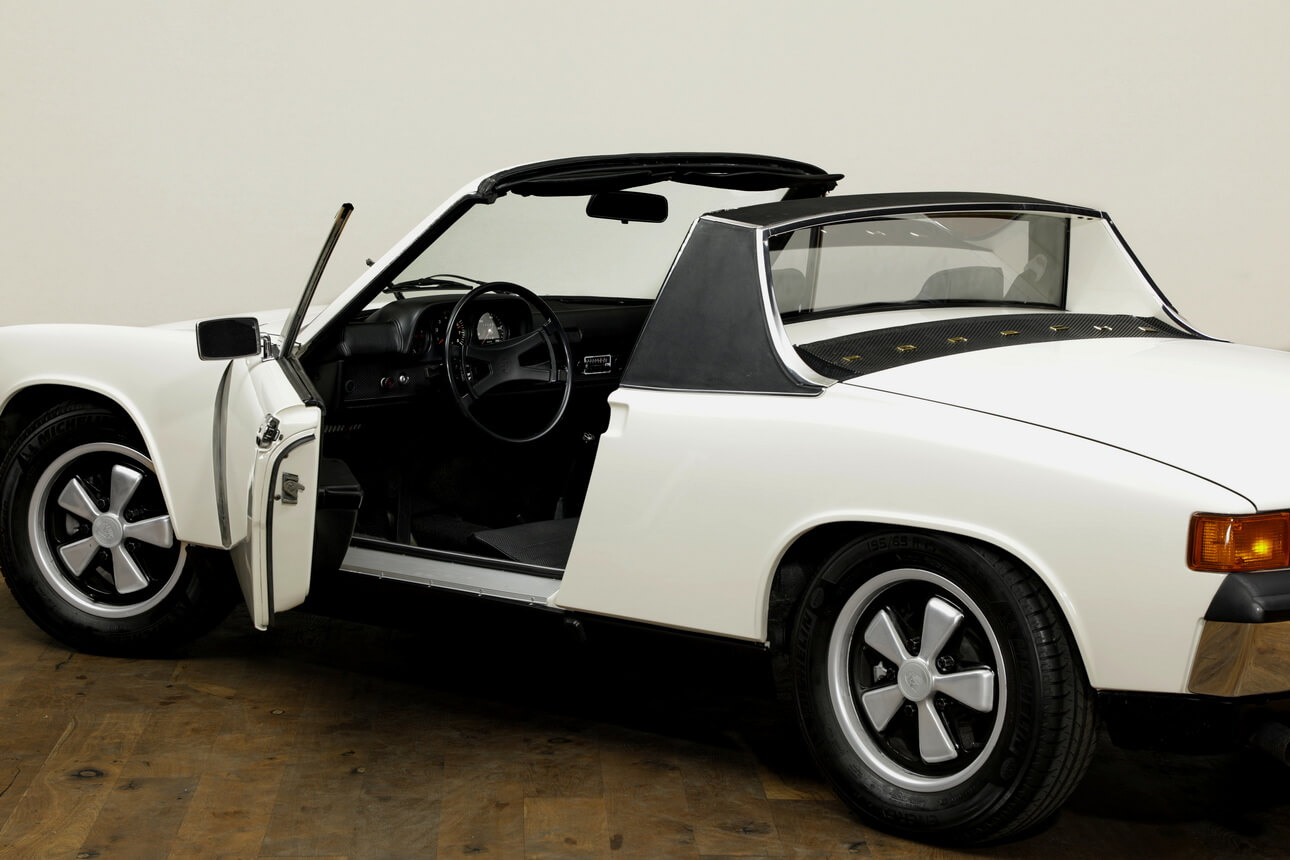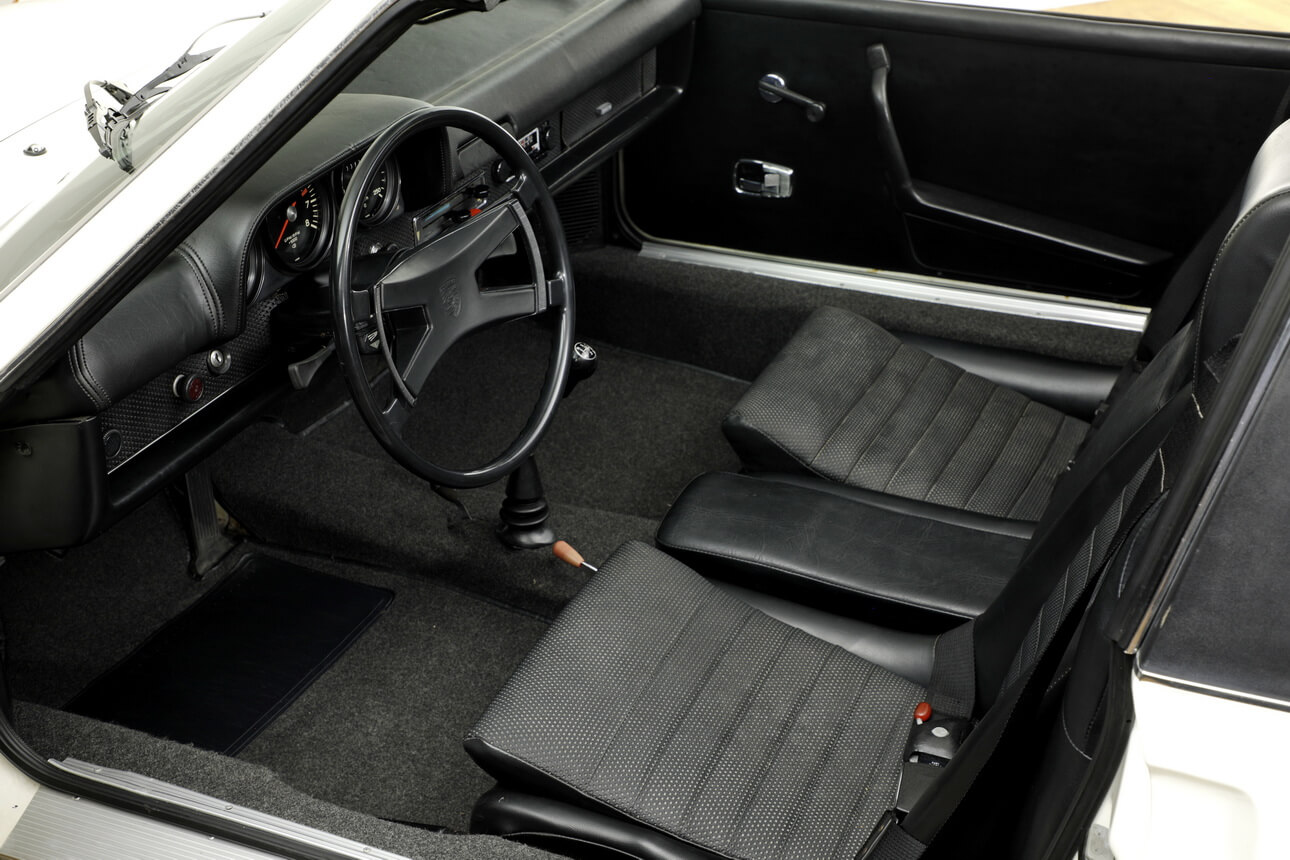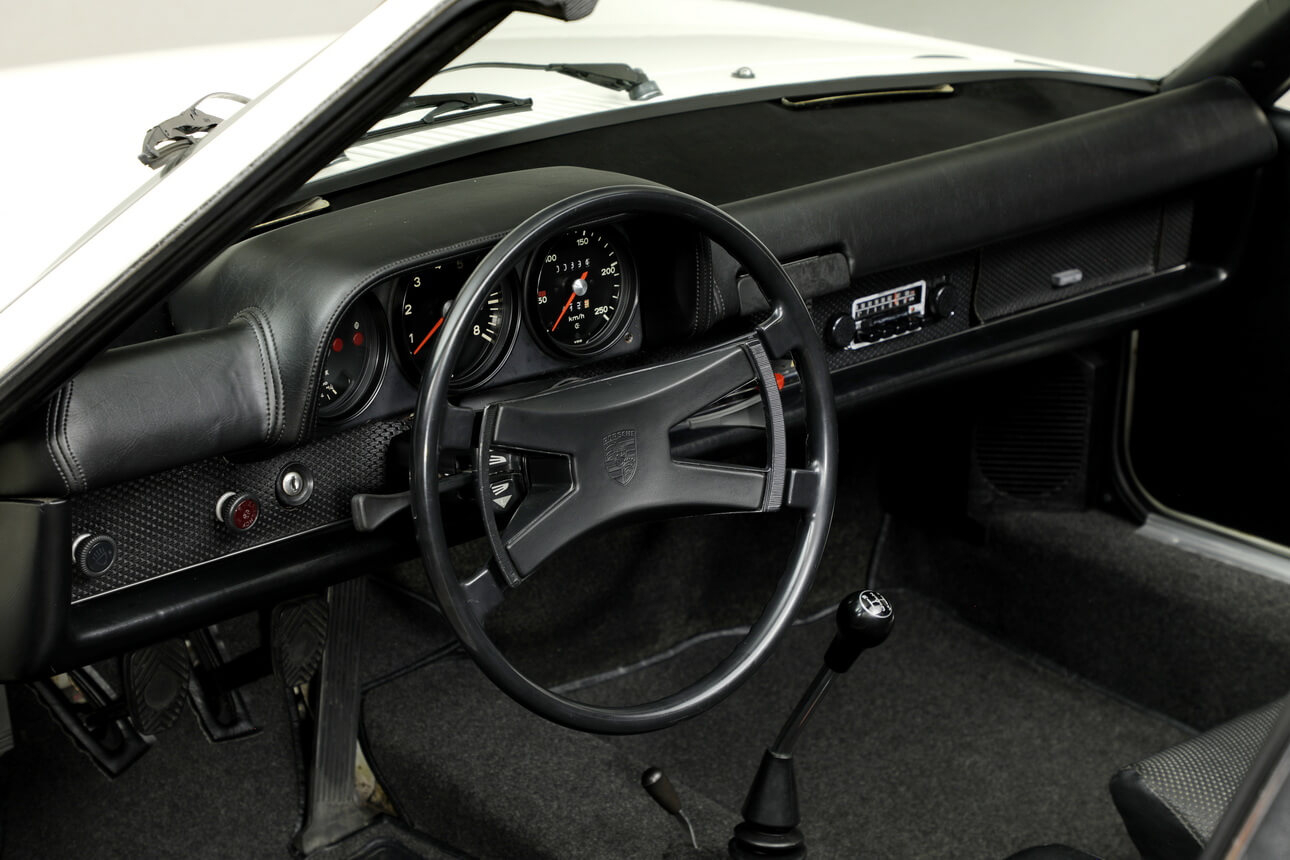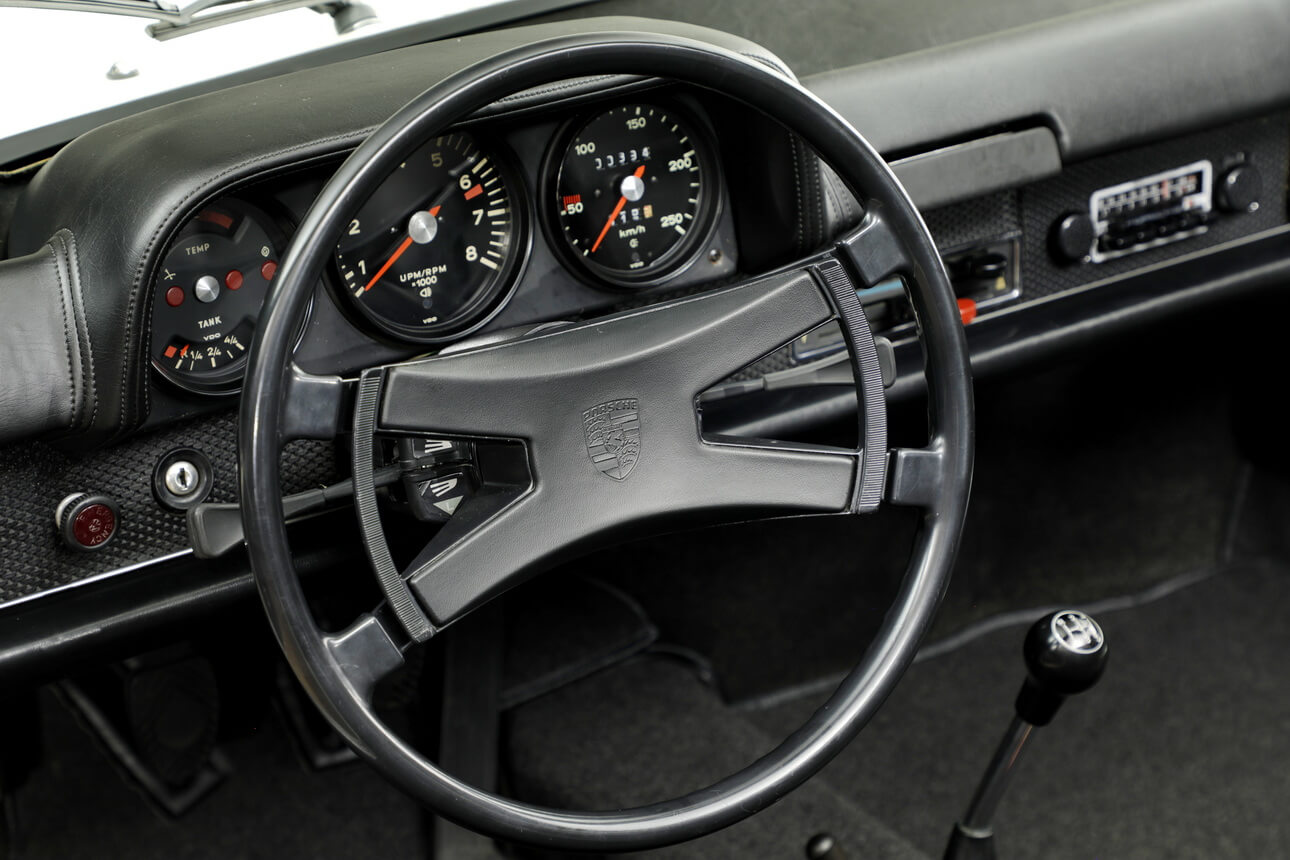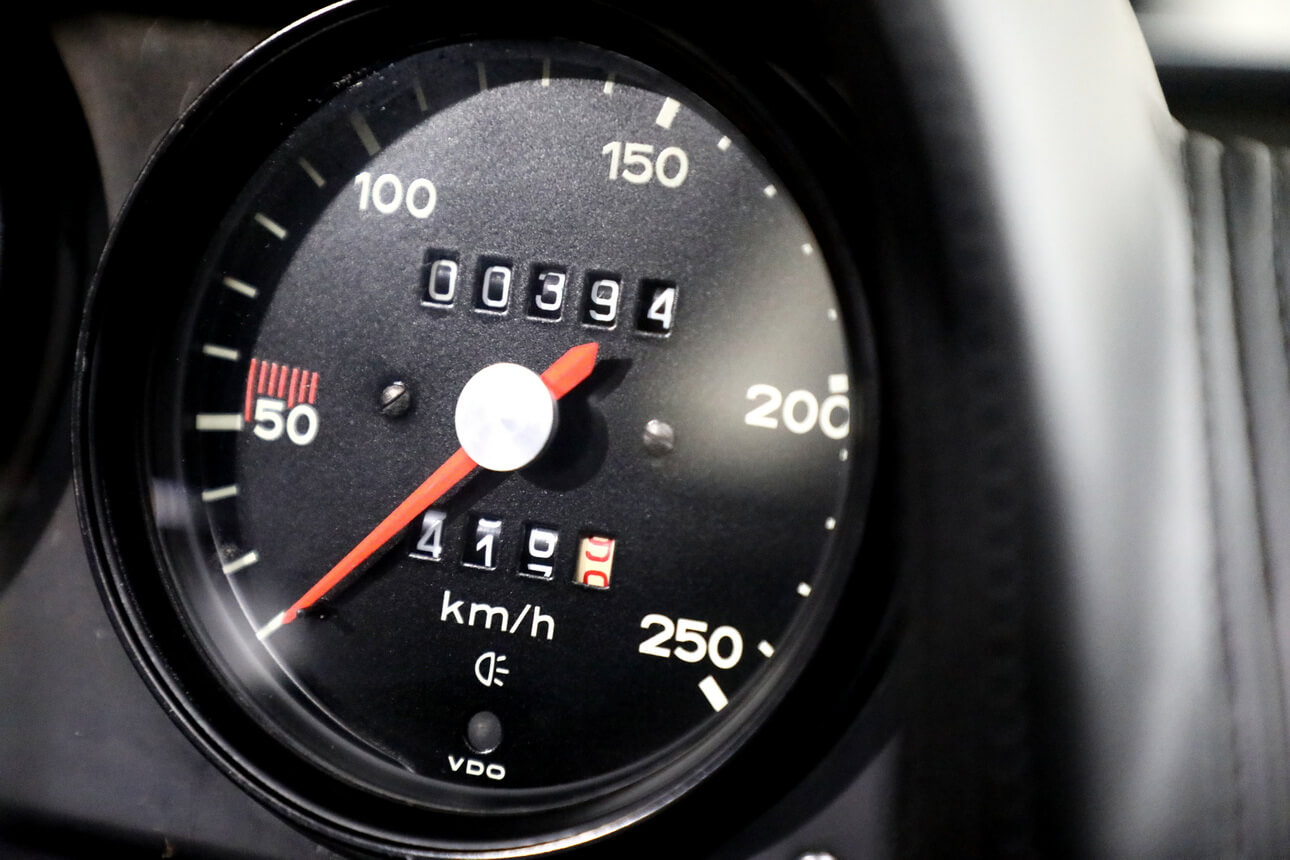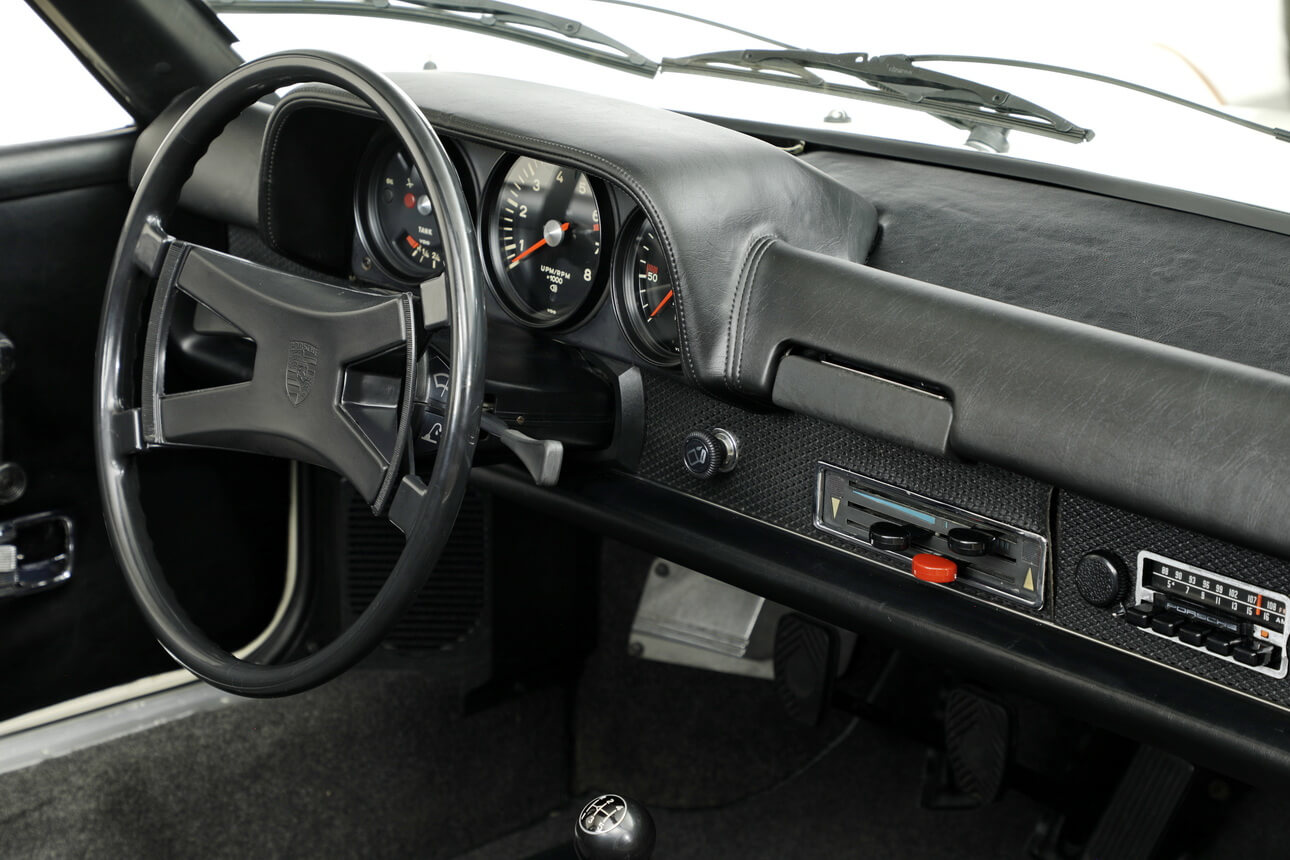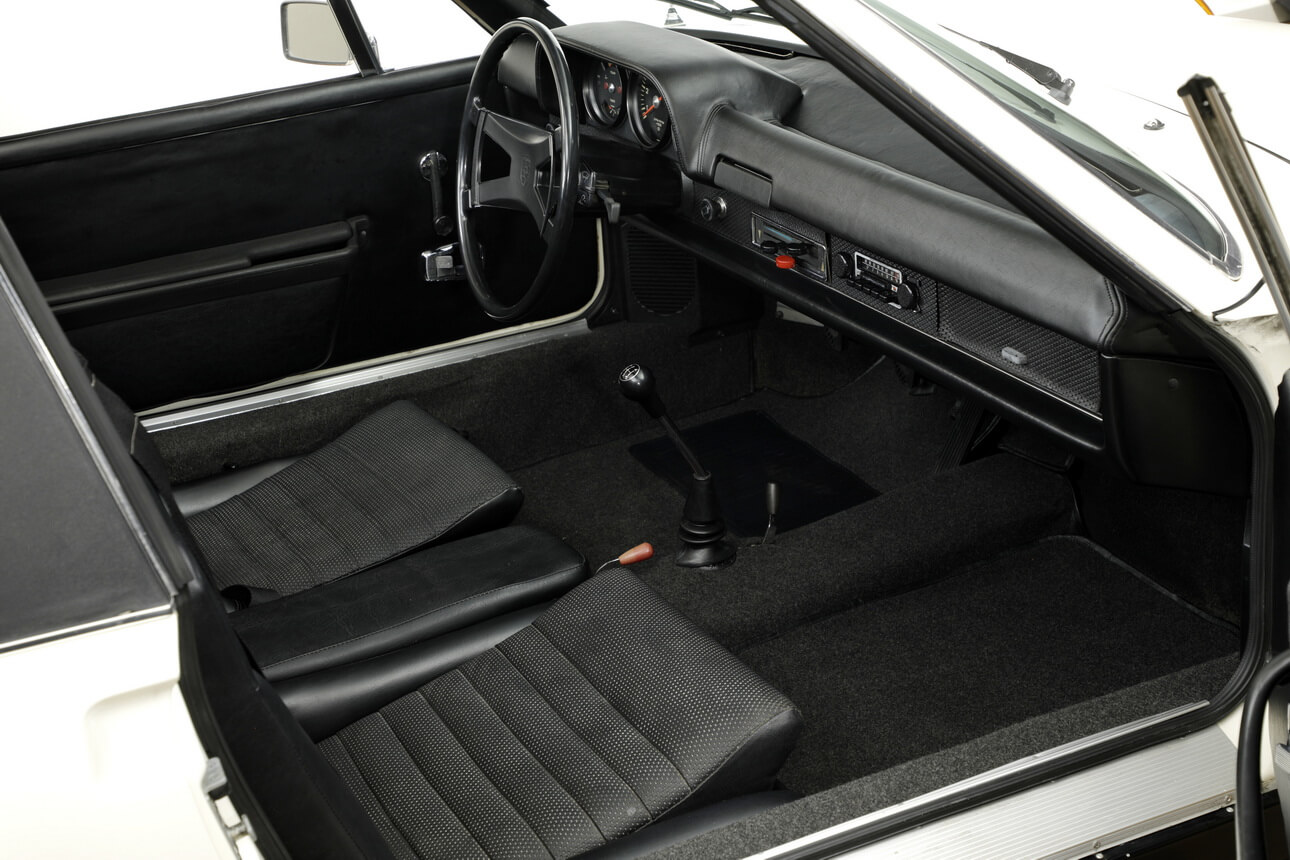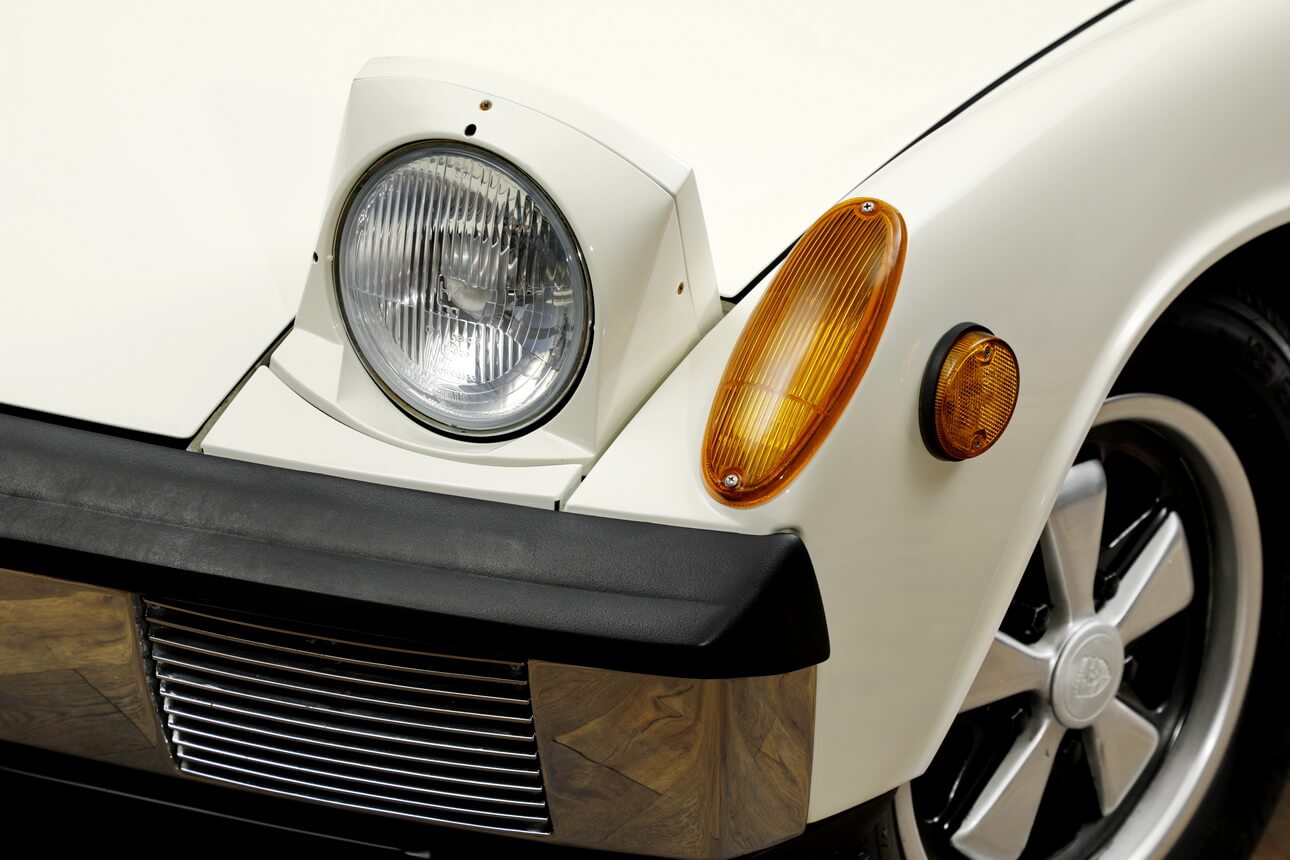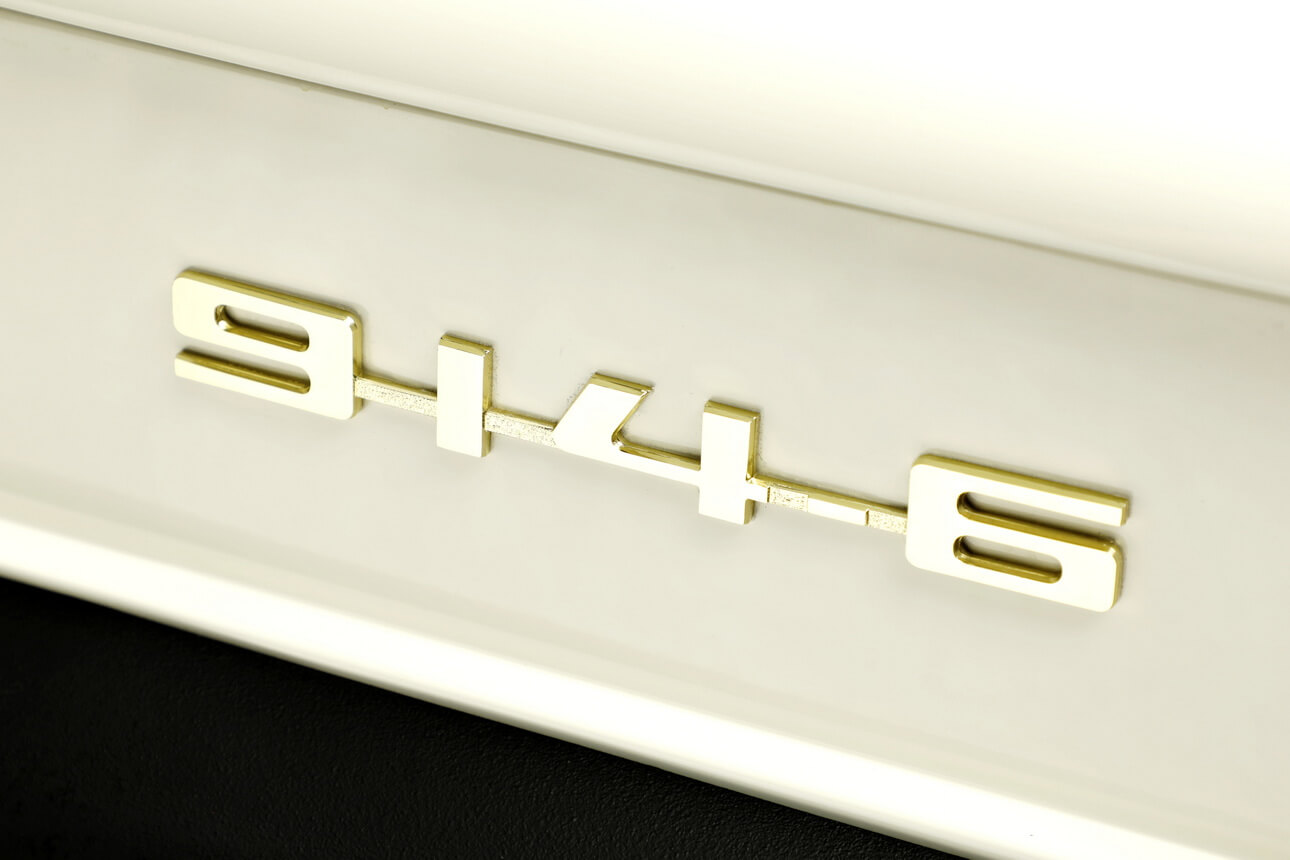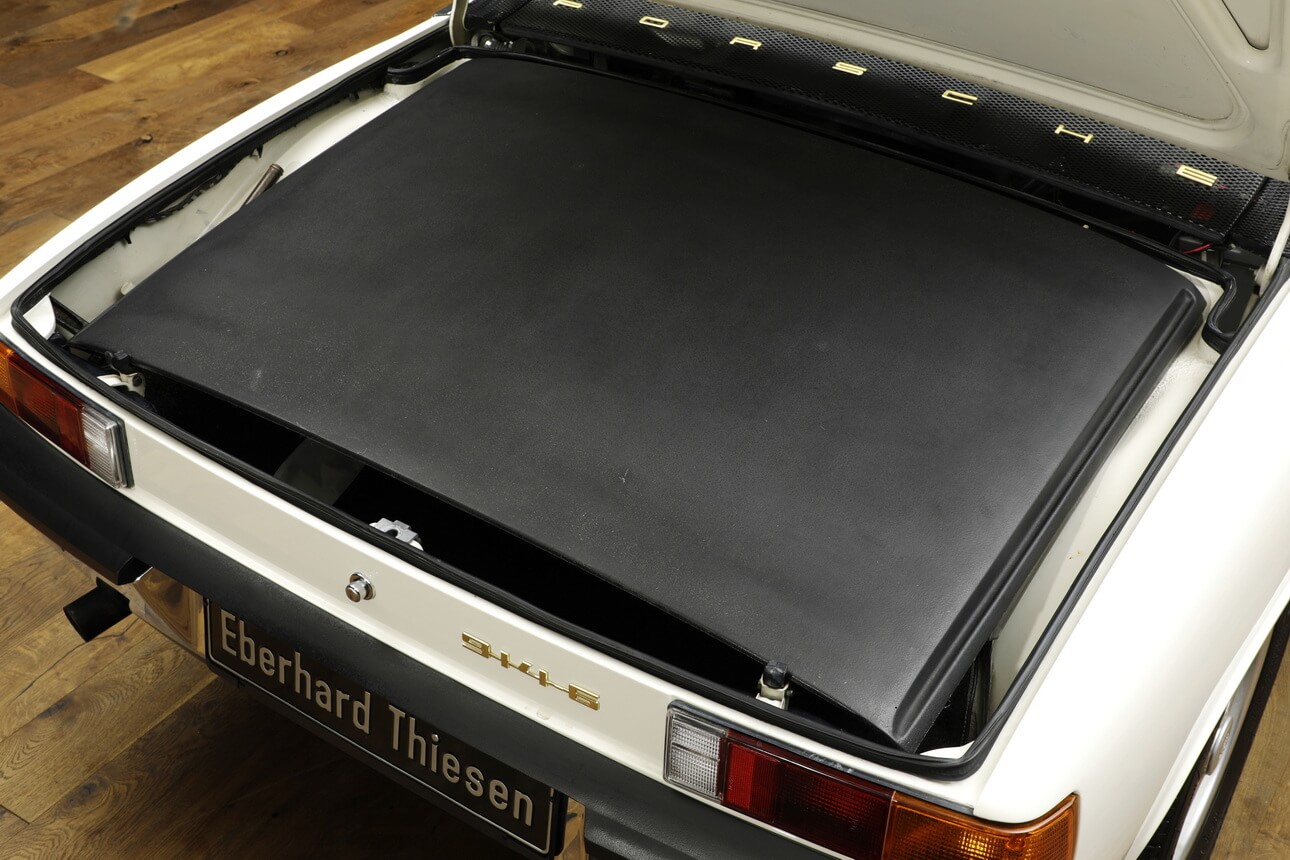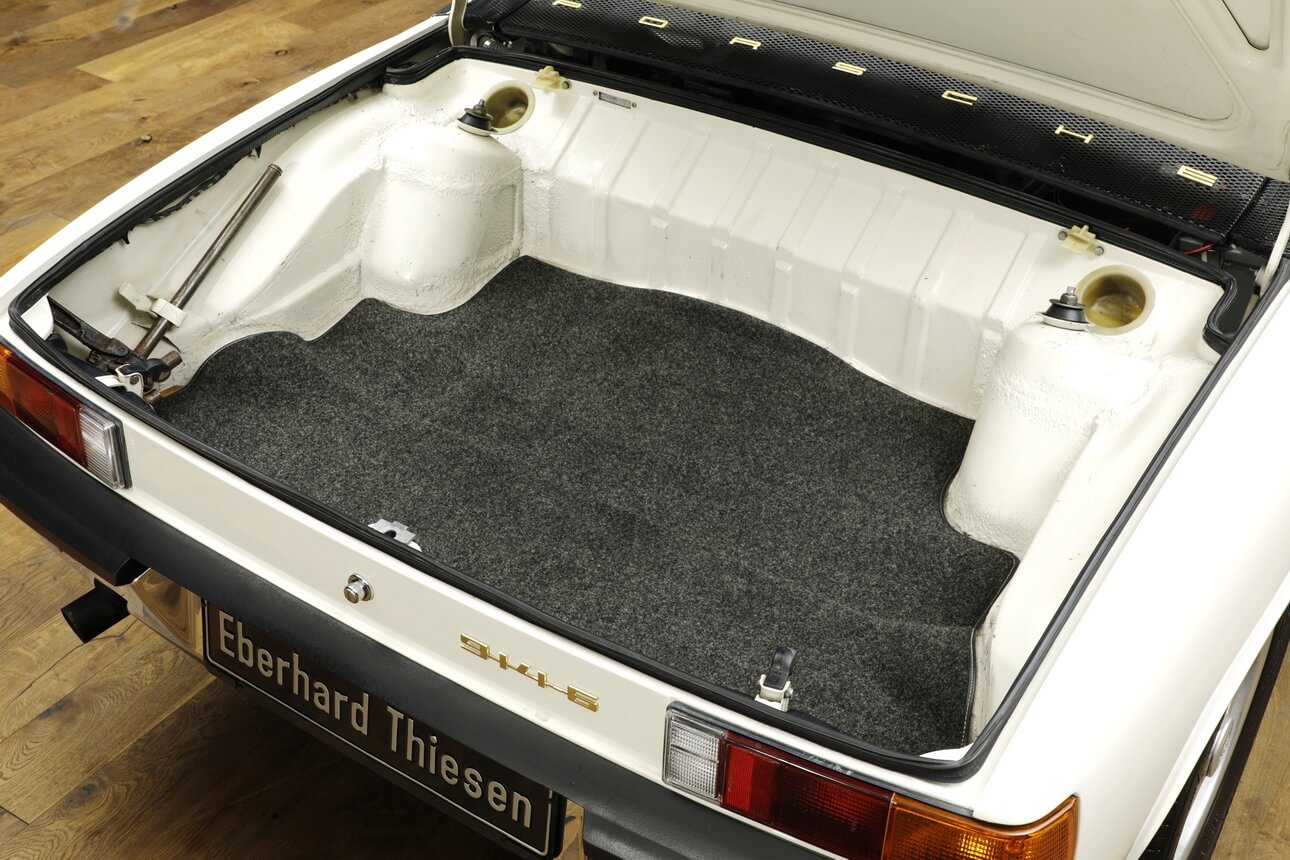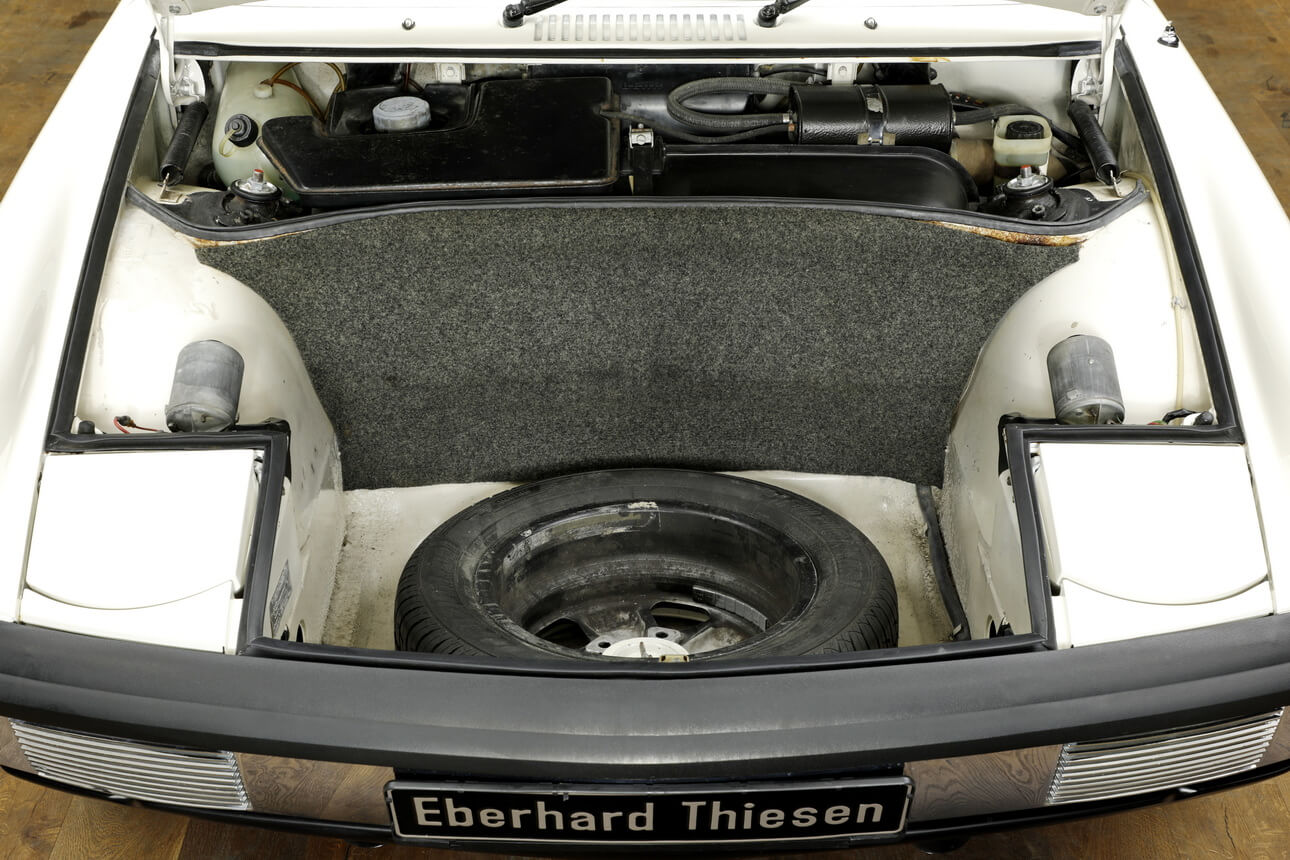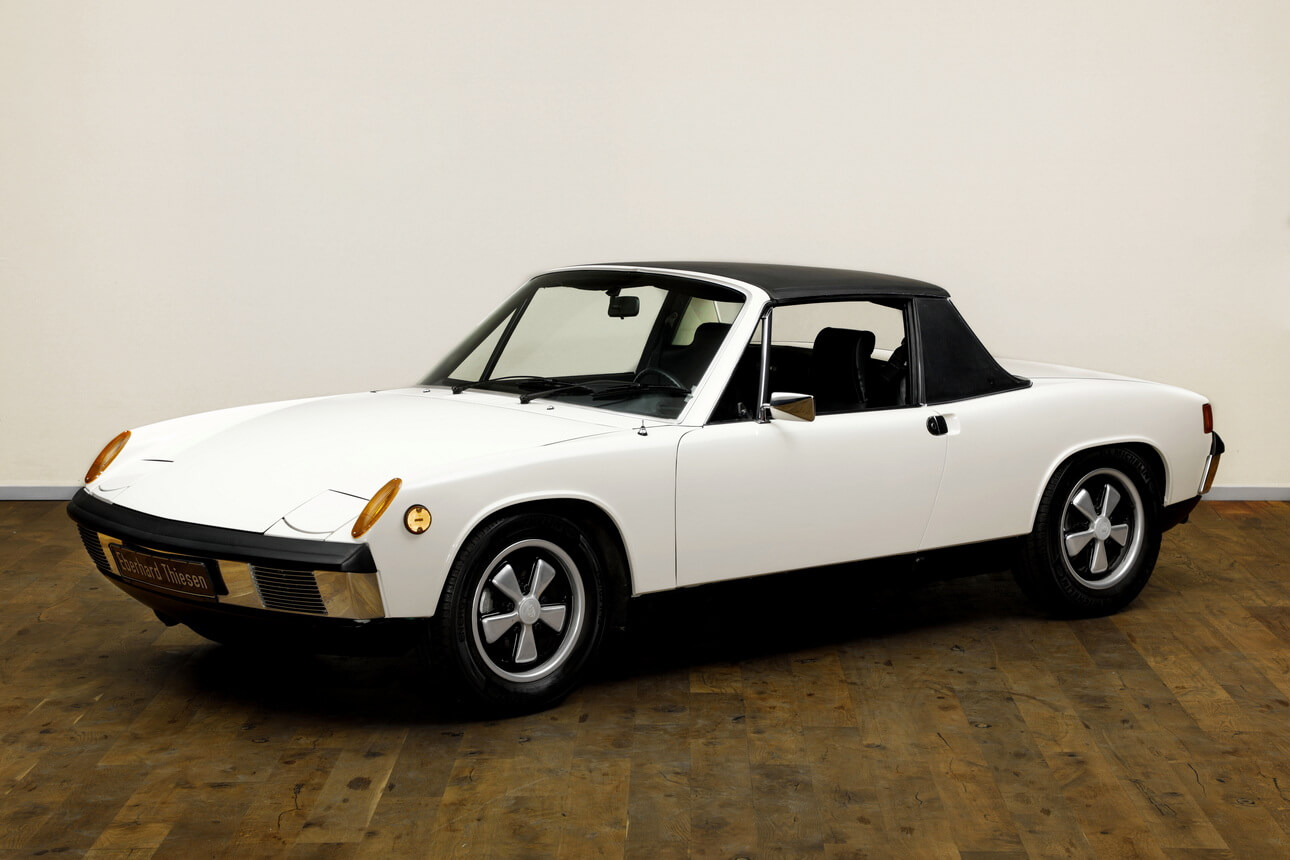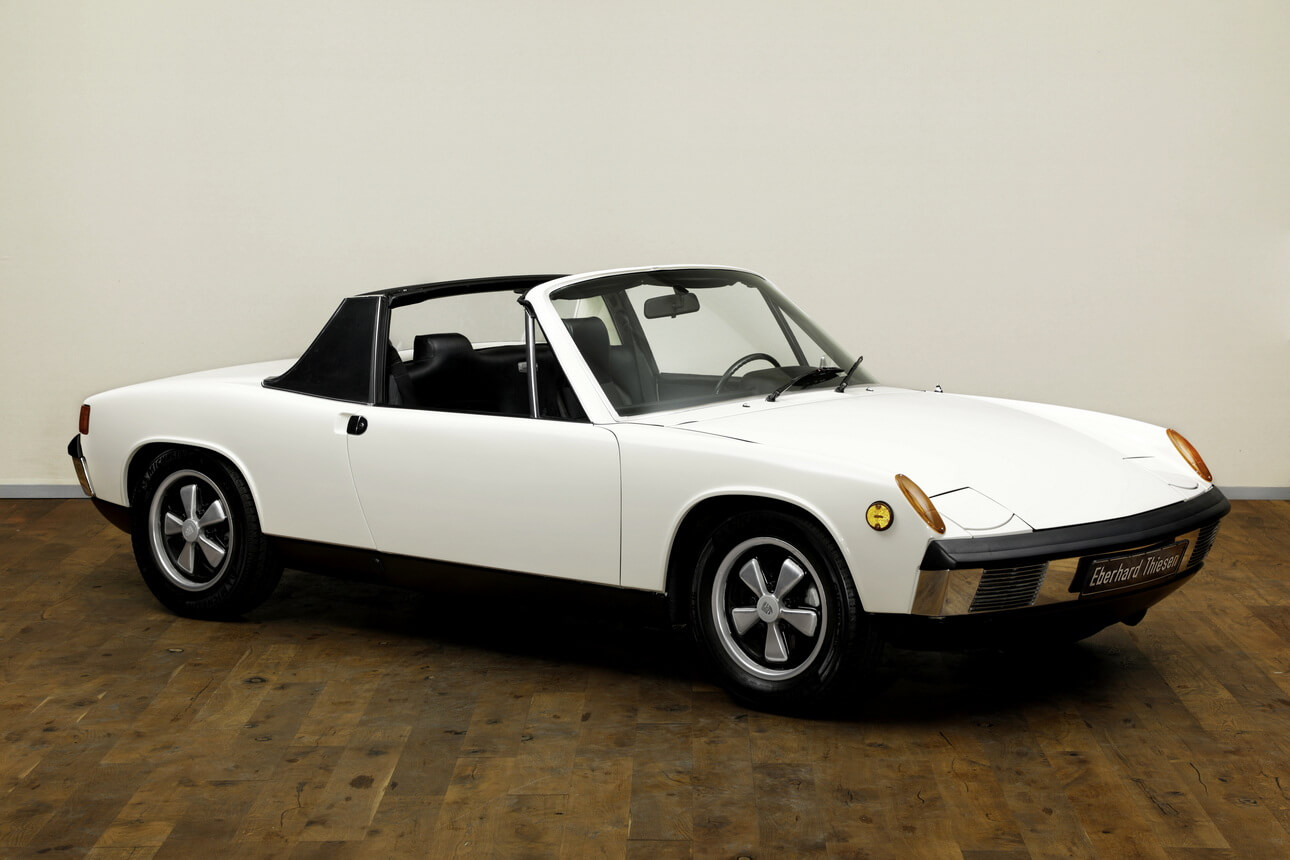Porsche 914/6
Highlights
Data & Facts
Model History
The VW-Porsche 914/6 represents a striking chapter in the history of automobile development, resulting from the co-operation between Volkswagen and Porsche in the late 1960s.
In view of the need for a sporty successor to the VW Karmann Ghia and Porsche's search for an accessible entry-level model, the VW-Porsche 914/6 was developed, characterised by its technical sophistication and unique design. Designed as a mid-engined sports car, the 914/6 was characterised by its balanced weight distribution and driving performance.
At its launch, the 914 was available with two engine options. The 914 with 1.7-litre four-cylinder boxer engine and 80 hp from Volkswagen as well as the 914/6 with a 2.0-litre six-cylinder boxer engine and 110 hp from the Porsche 911 T.
The design features of the 914/6, including the relatively long wheelbase in contrast to the short overhangs, the removable roof centre section made of fibreglass-reinforced plastic, the folding headlights and the wide safety bar, all contributed to its appearance. Production of the 914/6 took place at Porsche's main plant in Stuttgart-Zuffenhausen, which established the 914/6 as an integral part of the Porsche vehicle range.
Launched in 1970, the 914/6 served as Porsche's entry-level model and set new standards in its vehicle class. Overall, the VW-Porsche 914/6 stands for a special combination of German engineering and automotive design, epitomised by the collaboration between two leading car manufacturers. The 914/6 is thus a testament to German automotive history.
Model History
The VW-Porsche 914/6 represents a striking chapter in the history of automobile development, resulting from the co-operation between Volkswagen and Porsche in the late 1960s.
In view of the need for a sporty successor to the VW Karmann Ghia and Porsche's search for an accessible entry-level model, the VW-Porsche 914/6 was developed, characterised by its technical sophistication and unique design. Designed as a mid-engined sports car, the 914/6 was characterised by its balanced weight distribution and driving performance.
At its launch, the 914 was available with two engine options. The 914 with 1.7-litre four-cylinder boxer engine and 80 hp from Volkswagen as well as the 914/6 with a 2.0-litre six-cylinder boxer engine and 110 hp from the Porsche 911 T.
The design features of the 914/6, including the relatively long wheelbase in contrast to the short overhangs, the removable roof centre section made of fibreglass-reinforced plastic, the folding headlights and the wide safety bar, all contributed to its appearance. Production of the 914/6 took place at Porsche's main plant in Stuttgart-Zuffenhausen, which established the 914/6 as an integral part of the Porsche vehicle range.
Launched in 1970, the 914/6 served as Porsche's entry-level model and set new standards in its vehicle class. Overall, the VW-Porsche 914/6 stands for a special combination of German engineering and automotive design, epitomised by the collaboration between two leading car manufacturers. The 914/6 is thus a testament to German automotive history.
